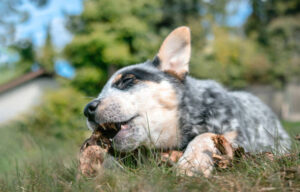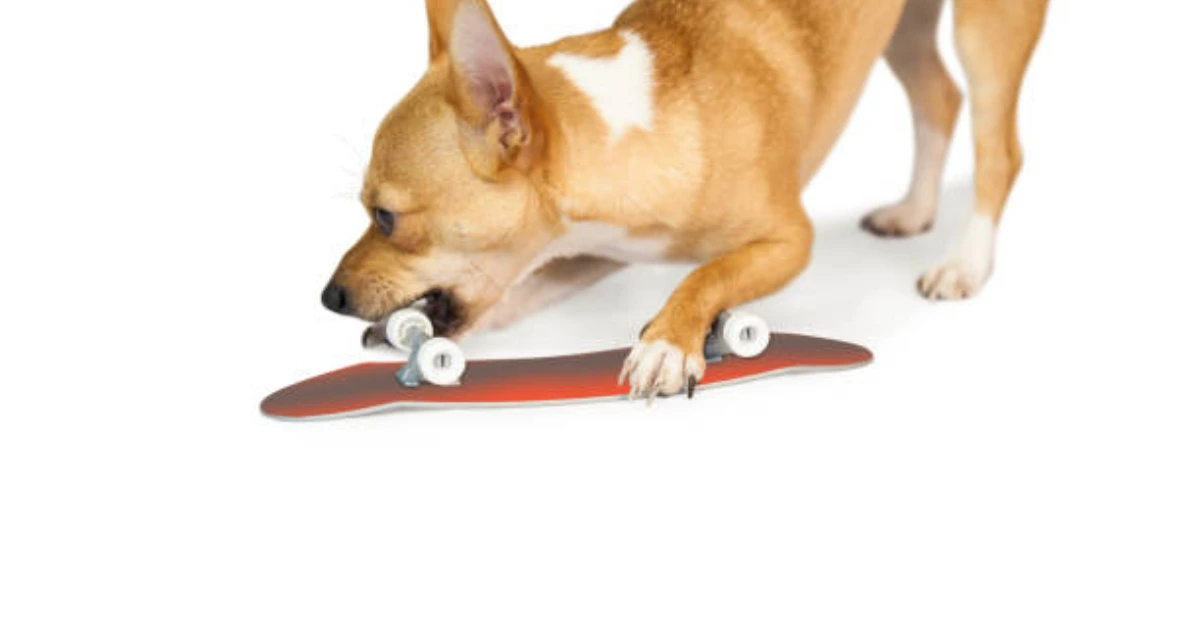It happens to almost every chihuahua owner: your new puppy starts chewing on your furniture, biting your feet, and chewing anything else they can get their teeth on. It’s probably because your chihuahua puppy is teething. Chewing is nature’s way of making your puppy feel better as his or her adult teeth come in. We’ll tell you how to help your chihuahua dog through this stage of development and teach him to chew in a healthy way from the start.
The definition of Puppy Teething?
When a chihuahua’s baby teeth start to fall out and his adult teeth start to come in, this is called teething. It’s a normal, healthy process, that is important for your chihuahua puppy’s growth, and a sign that they’re getting older. If you’re lucky, your puppy will only have a few signs of teething as their adult teeth come in. On the other hand, many dogs feel a lot of pain when they are teething, which is why they chew.
Advertisement
When a chihuahua puppy is teething, his or her gums often get sore because the adult teeth start to push through the gum line. Chewing is a relaxing activity that can help ease the pain of teething. In fact, you can expect your furry friend to nibble and chew a lot as they grow. Chihuahua Puppies chew to learn about their surroundings.
Teething Stages
Puppies start teething very young, probably even before you brought them home. Puppies get their first teeth a few weeks after they are born, and sometimes they are already there at two weeks. People often call these teeth “milk teeth” because they come in while puppies are still nursing. The experts say that your puppy should have all 28 of its baby teeth by the time he or she is five to eight weeks old.
When your puppy is four or five months old, his baby teeth start to fall out. This is the next stage of teething. Most of a dog’s baby teeth are swallowed, but you might find a few on the floor. As teething pain gets worse, your chihuahua dog will probably chew on things more often. This is one sign that your dog is teething.
When your puppy is six to eight months old, the 42 adult teeth will start to come in. There is no exact time for a puppy to start teething, but most dogs don’t stop until they are 9–12 months old.
The Chihuahua Puppy Teething Symptoms
It’s easy to tell when a puppy is teething. These common signs of a puppy teething could mean that your dog’s adult teeth are coming in:
Too much chewing or biting
Drooling
Few spots of blood on your dog’s toys
Red or puffy gums
Fever
Eating more slowly than usual
Wailing or crying
If your dog’s teeth are crooked or broken, you should talk to your vet to get advice and care. If baby teeth are stuck or in some other way stopping adult teeth from coming in, a dentist may need to take them out.
How To Manage Your Chihuahua Puppy Teething
Now that your puppy is teething, what do you do? The great news is that chew toys, preparation, and puppy-proofing can make this process easier for you and your furry friend. Follow these tips to help your chihuahua puppy through the teething process.
-
Give your baby teething toys
Chewing is not only important for teething, but it’s also a basic reflex that keeps dogs busy and helps them deal with different feelings. Giving your furry friend the right puppy chew toys will help them feel better while they are teething and give them a safe, healthy way to chew. Many toys for puppies who are teething are made of softer materials that won’t hurt their teeth. But puppies who are stronger chewers or who already have their adult teeth might need toys that can stand up to more chewing. Freezer puppy chew toys can help relieve gum pain and make chewing a soothing experience.
Make sure your puppy’s chew toys are the right size and weight for him, and always watch him while he chews. Dogs keep chewing even when they are adults, so once they get their permanent teeth, they can move on to a tougher chew toy.
-
Work on training people to obey
If you start obedience training with your chihuahua dog when he is young, he will learn the rules of your home faster. When your puppy is teething, it’s up to you to show him or her which things are not okay to chew on.
If your teething puppy bites at any part of your body, especially your fingers or toes, make a loud noise like “No!” or “Ah!” to startle your dog and show them that this is not acceptable behavior. Once your dog stops biting, praise them or give them something to chew on. If your dog doesn’t listen to you, put them in their crate for a few minutes to help them calm down.
You can use the same method if your chihuahua dog is chewing on someone’s shoes, a piece of furniture, or anything else around the house. You can also use a spray that stops dogs from chewing on things they shouldn’t. Focus on things they like to chew. Most of these training repellents have bitter tastes that make them hard to chew.
-
How to Dog-Proof Your House
If you haven’t already puppy-proofed your home, now is a great time to start while your puppy is teething. Keep towels and magazines out of reach and block off rooms with gates and hide wires and cords. Always keep an eye on your dog as much as you can.
It’s also important to keep dangerous things out of reach. Dogs can get sick from plants like aloe vera, daffodils, lilies, and tulips. Raisins, onions, chocolate, grapes, and caffeinated or alcoholic drinks are also bad for dogs.
Oral Cavity Examination
If you can, take your Chihuahua to the vet when he or she is three to four months old. And again when he or she is eight months old. It’s important to make sure teeth are growing in the right place and that no baby teeth are stuck in the gums.
When the mouth is closed, the lower canine teeth are usually in front of the upper canine teeth, the upper incisors overlap the lower, the upper premolar points fit into the spaces between the lower premolars, and the upper carnassial teeth overlap the lower. It is very important for teeth to grow in the right place. If a puppy’s teeth are causing it to bite badly, the baby’s teeth may need to be taken out early.
Most of the time, a baby tooth stays in the upper canine, but it can happen in any tooth. Keeping baby teeth can lead to malocclusion. Which can make your Chihuahua more likely to have dental problems down the road. Periodontal disease can happen when food gets stuck between the baby teeth, the permanent teeth, and the gums.
In general, there aren’t many health problems that come with a puppy cutting its teeth. However, a proper oral exam can prevent malocclusion and periodontal disease caused by chihuahua baby teeth that don’t fall out.
Last Word
When a puppy is teething is a great time to start taking care of his teeth. The sooner your chihuahua dog gets used to you brushing their teeth. The more likely it is that they will let you do it every day for years to come. This will also help you get to know your dog’s teeth and mouth. Which will help when you’re trying to brush places that are hard to get to. Just make sure to call your vet if you see anything that doesn’t seem right. Before you know it, your chihuahua puppy will have adult teeth.
Keep in mind that your tiny chihuahua puppy is just being itself. Give them a break and remember that things will get better. Most dogs like to chew on things their whole lives. But they grow out of the stage where they have to chew on everything.
So, how have you helped your puppy deal with teething? In the comments, please tell us about your ideas and plans.
YOU MAY ALSO LIKE :
Dog Braces -Can a Dog Get Braces for His Teeth
How to Prevent Gum Disease in Chihuahuas
Advertisement















